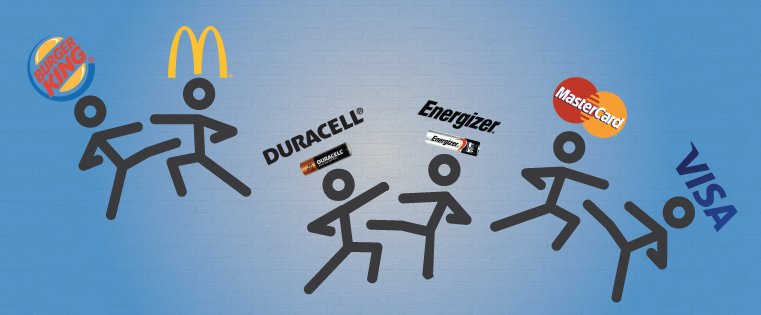 There is still a large percentage of marketing executives hesitant about investing heavily in mobile, even in the face of a recent Mobile Marketing Association (MMA) report finding that mobile-driven sales in 2012 totaled $139 billion in the U.S. alone. As CEO of an IT consultancy, I have seen firsthand how mobile initiatives of varying approaches can transform a business and, ultimately, drive new revenue channels for the long term.
There is still a large percentage of marketing executives hesitant about investing heavily in mobile, even in the face of a recent Mobile Marketing Association (MMA) report finding that mobile-driven sales in 2012 totaled $139 billion in the U.S. alone. As CEO of an IT consultancy, I have seen firsthand how mobile initiatives of varying approaches can transform a business and, ultimately, drive new revenue channels for the long term.

Uncertain of the ROI? Look Closer
A recent Forrester Consulting survey of 155 executives in charge of marketing departments sheds light on the way some executives view mobile as a business strategy. More than 68 percent of the decision makers said they required definitive proof of ROI prior to hiring mobile marketing professionals. In that same MMA study, businesses were spending more than $6.7 billion on mobile marketing strategies in 2012, and the numbers are expected to reach $20 billion by 2015.
While a number of successful implementations have been documented throughout case studies, the finesse required to execute successful mobile campaigns should not be miscalculated. Successful investments in mobile require deep understanding of your customers, their buying process and their relationship with your products.
Deliver Mobile Experiences That Drive Purchases
One of the most basic, yet effective, methods for implementing mobile marketing involves augmenting your existing Web presence. If you notice a significant amount of traffic to certain product information pages from mobile users, you can increase conversions with a mobile optimized site. Incorporating strategic placement of contact information, purchase tabs and call now buttons all have direct, tangible impacts on conversions. Here are two examples of companies that capitalized on the possibility of mobile:
- Hair Club, a leading seller of hair regrowth products in North America, redesigned its mobile site to incorporate a strategic approach to promoting its products and services. Prior to moving forward, the company analyzed its traffic and realized mobile users accounted for 30 percent of its visitors. This discovery led it to place a ‘click/touch to call’ banner ad, leading to an increase in conversions, which equated to a 30:1 ROI. Hair Club’s mobile strategy was efficient and focused, and ultimately lead to its success.
- Bacardi recently invested in a campaign using Foursquare’s brand new Post Check-In Ads service. With more than 30 million users and 3 billion check-ins a month, the Foursquare community was statistically likely to have a large group of rum connoisseurs. With a direct channel to location-based information, its campaign suggested Bacardi cocktail drink recipes within the app after a user checked-in to a bar, restaurant or liquor store. Ads were targeted only to those 21 years and older, which further refined the approach. While a large scale mobile investment such as Bacardi’s may be out of reach for many businesses, its experience shows how new mobile location data drove an effective strategy forward.
Opportunities for successful mobile investments exist within your organization, but it takes a critical analysis of your operations to discover them. Simply consider Bacardi’s mobile strategy in comparison to the more traditional desktop banner ad. An entire family could be using the desktop being targeted, meaning that certain ads influenced by digital breadcrumbs stemming from the browser could potentially be wasted on the underage daughter, rather than her parents. Smartphones, however, are almost always used by a single user, making the data stemming from it far more potent and valuable.
Effective mobile marketing success depends on an understanding of how your customers interact with mobile as well as your ability to critically assess current marketing strategies and acknowledge their shortcomings. Capitalizing on the nuances of mobile consumers can lead to direct increase in sales and more efficient and precise ad spending. By identifying the opportunity and moving forward with immediacy, your business stands to capture conversions that fall through the cracks. Ultimately, all of this is because your tactics to create self-sustaining ROI ultimately are achieved through your own discerning strategic assessments, not the technology used to execute them.








